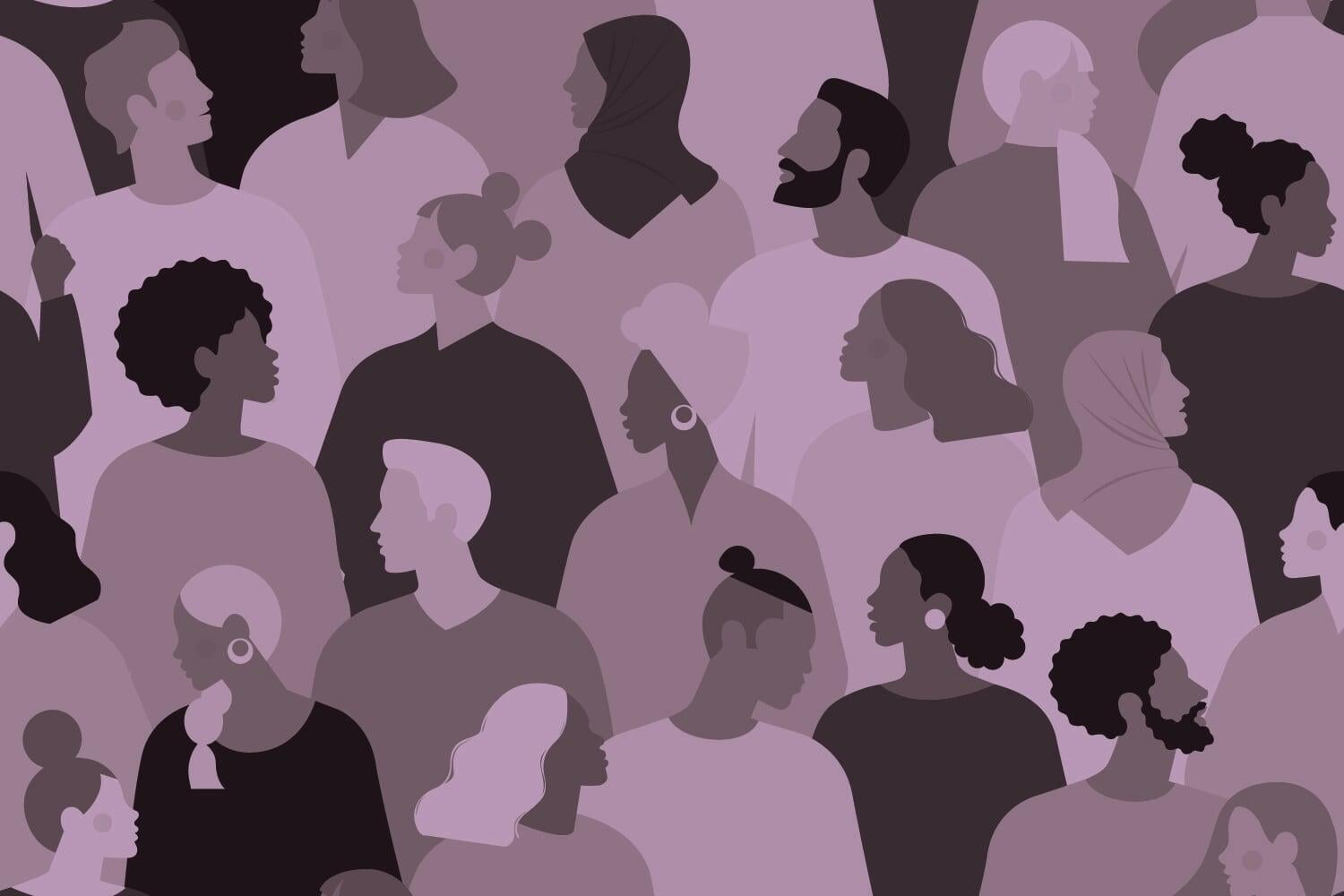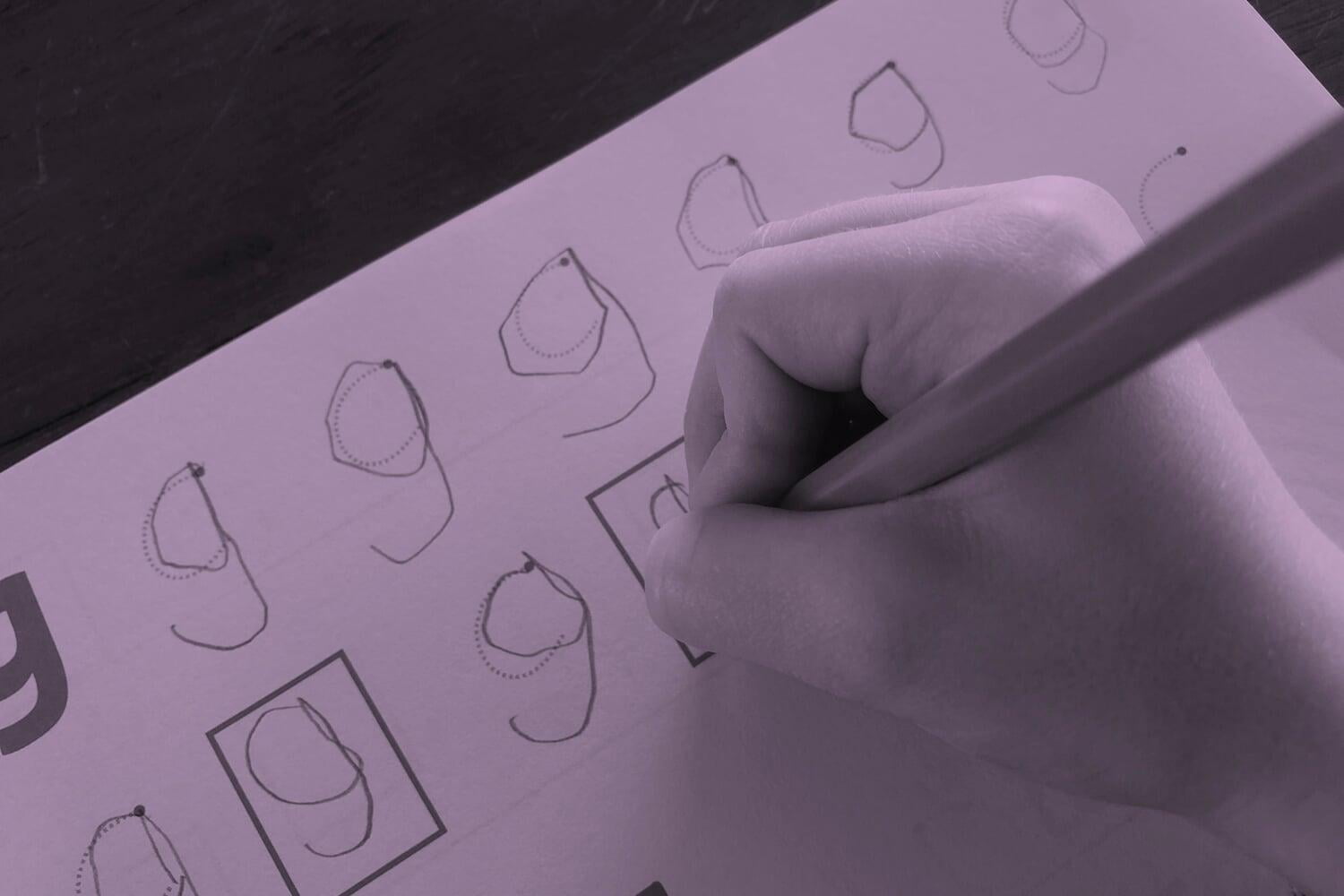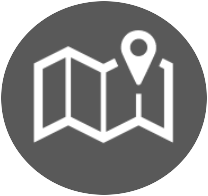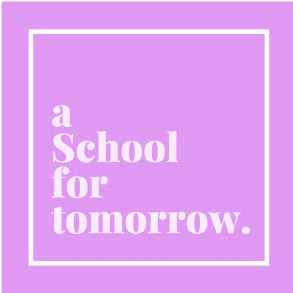The Way | Live | The Purpose of School
The Journey From Me To Us
The journey from ‘me’ to ‘us’ is the story of learning servanthood.
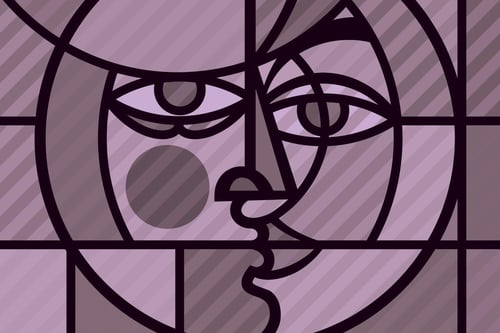
We believe that the past decade of testimony from educators in our research and consulting work warrants respect for language that speaks of the best adults as those who emerge from the self-centredness of childhood into an adulthood that is focused on serving others. At the same time, we keep hearing that the best schools should and do shape their education according to this inherent norm of the development of a disposition towards servanthood. This is particularly important when we consider how we might best measure both the development of character and also the quality and consistency of an education for character.
We have formed a view that we need both realisation and replication of character if we are to have people on whom societies can depend for their future growth and flourishing. Societies need people whose character is formed by their education. We need to pursue a journey of inquiry in search of meaning and the discovery of truth and relevance: The Pathway to Excellence. The journey helps them to:
- Learn the self-awareness of knowing ourselves through asking: who am I?
- Live in relationships built by earning our places through asking: where do I fit in?
- Lead as a servant who goes on a journey from me to you to us through asking the question: how can I best serve others?
- Work vocationally and find our calling by asking the question: whose am I?
This is the basis of our ‘inside-out’ model of development, and has gone on to shape much of our thinking about how to frame character education, as we have already seen and will see subsequently in this report. At the same time, we have been informed by other ideas about the relationship between the individual and the group. The African concept of ‘ubuntu’ has a strong currency here in its insistence that “I am because we are”.
In the same way, the notion of ‘quest’ – the pursuit of an essential and honourable goal in a noble (and often perilous) adventure – has proven to have strong resonance among many educators. Our work with consulting schools led us to conceive of the development of character within a dynamic, evolving quest. The early model we developed can be seen below:
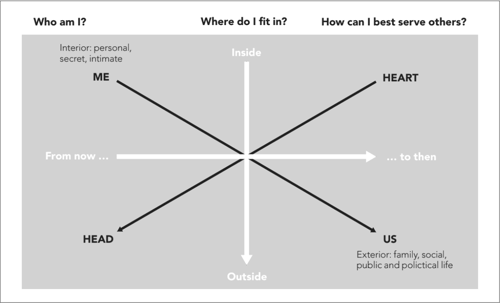
The Quest - A Conceptual Journey, 'From Me to Us' For Character Development
This early model of the journey ‘from me to we’ shows how we might resolve the tension between the evolving needs of the individual and the expectations of the group. It describes a narrative that moves us from ‘now’ to ‘then’, from ‘me’ to ‘us’, from the ‘inside’ to the ‘outside’, and from the ‘heart’ to the ‘head’. This is a conceptual journey from the development of identity in the interior world of students – their personal, secret, intimate and private lives – to their commitment to their exterior world of family, social, public, and political life and identity as adults.
The linearity of the model is perhaps more about overall trajectory. There would be few (if any) people who do not oscillate between these two worlds constantly. However, the model of the quest asks us to take on a worldview that contemplates the expression of character as the suborning of individual whim and pleasure to the discovery of answers that solve the needs of others and the satisfaction that comes from this.
In a similar fashion, we developed initially a parallel three-question inside-out process of development, shown below. It describes the conceptual journey of the character development of students in our schools. To this model, we have added subsequently a fourth question regarding vocation. For present purposes, we will confine our discussion to the first three questions.
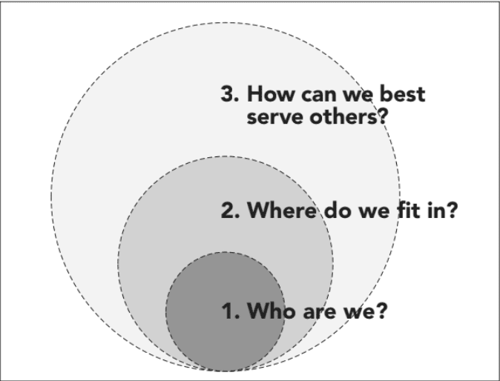
An Inside-Out Model of Character Development
Let us now think through what this inside-out model means in terms of the values and implications for how great 21C schools might be established, operate, and serve the societies in which they are situated.
THE INSIDE-OUT MODEL IN PRACTICE:
Who are we?
The inside-out journey of an education for good character begins with identifying and understanding an initial tranche of key learning values – those fundamental beliefs, principles, standards and qualities which we consider to be most worthwhile and desirable to help us to address the question of how students might best become equipped to be who they need to be. This can be seen in the challenge of hope and the formation of our students informed by learning values that equip:
- Positivity: Inspiring learners by mandating and maintaining a positive tone and attitude
- Care: Displaying an enthusiasm for excellence by striving for better outcomes for more learners
- Capability: Building confidence and competence by strengthening knowledge, capacity, understanding and process
- Motivation: Encouraging discipline and commitment by boosting mastery, autonomy and purpose
- Personalisation: Enhancing individuals by respecting and responding to difference
How might these values translate into the character and actions of our students? How might these be plotted against a set of desirable standards for graduate outcomes, competencies, qualities, and learning?
Where do we fit in?
The inside-out journey continues with identifying and understanding what we value most when we think about the question of how our schools might be empowered to provide the education that is most relevant in bringing about the desired formation of our students. This can be seen in the challenge of relevance and the formation of schools through learning values that empower:
- Context: Teaching learners as they present in the right environment
- Research: Cultivating a disposition for investigation by identifying and responding to evidence
- Inquiry: Consolidating meaning by asking the right questions and providing the right tools to answer them
- Review: Seeking continuous improvement of outcomes by focusing on outputs, evaluating rich data and honing in on what works
- Creativity: Promoting innovation by harnessing perspective, conceptual thinking, iteration and attention to detail
How might these values then translate into the ways that schools educate their students? How might these be plotted against a set of desirable standards for strategic levers, domains, criteria, and indicators of success?
How can we best serve others?
The third stage of the inside-out journey moves on to identifying and understanding what we value most when we think about the question of how our educational communities might best contribute to the societies which they serve. This can be seen in the challenge of service and the formation of the societies through learning values that enable:
- Language: Developing shared culture and practice with a consistent vocabulary for learning
- Structure: Aligning ends, means and intentions through backwards design of learning
- Evaluation: Recognising how and when to give feedback in assessment for learning, assessment of learning, and assessment through learning
- Challenge: Challenging learners to grow by coaching for achievement and success
- Flexibility: Progressing learners through unclear, logical and adaptable curriculum structures and matrices
How might these values then translate into the culture of our schools as they go about serving their communities? How might these be plotted against a set of desirable standards that define expectations for educational practice, teacher culture, leadership culture, and educational aspirations?
